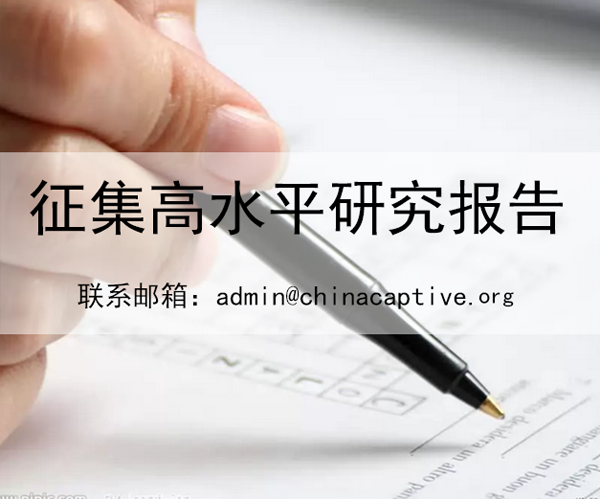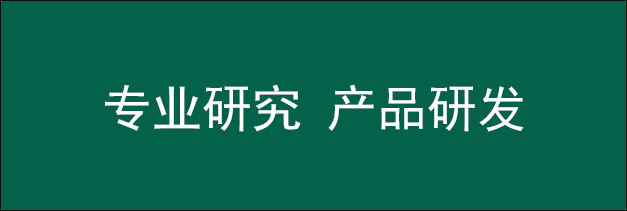From 2001 onwards, the insurance sector saw a consistent improvement in terms of structure and growth. Specifically, higher per capita income, expansion in trade sector, and the growing private sector credit spurred the exceptional growth in the insurance sector. Importantly, this growth was broad-based, as both the life and non-life insurance sectors witnessed double-digit growth although life insurance sector continues to dominate the insurance industry.
The concept of life insurance has evolved from a primary emphasis on conventional insurance protection to a relatively advanced form of a savings product. Life insurance products enhance the role of insurance in an economy by helping in the: (1) mobilization of savings; (2) development of capital markets; and (3) facilitation of the pension system. Specifically, by entering into life insurance contracts, individuals or groups of individuals can save and invest effectively for long periods of time. Life insurance companies pool the periodic premium payments into huge investment portfolios of long-term securities, which in turn provide a stimulus for the development of the capital market. Also, the introduction of attractive pension products partly shifts the role of the government for pension provision to the private insurance sector.
Life insurance is the largest segment in the Pakistani insurance industry. The Pakistani life insurance segment is highly concentrated, with the three leading companies accounting for 90.8% of the segment’s total gross written premium. Life insurance is distributed through various channels of which the agencies channel accounted for the highest share. Low levels of insurance penetration and density levels have been the main hurdles in the growth of the insurance industry up till now. Pakistan is a Muslim-dominated country and since conventional insurance products are incompatible with Shariah law, there is a large-scale risk associated with conventional products. Growing fraud and crime act as one of the biggest challenges for Pakistani life insurers operating in the country. The low penetration reveals the segment has positive growth potential, and insurers are targeting customers by offering various traditional life insurance products such as individual term-life, individual whole life and group life and pension products. With insurance penetration at just around 0.2 percent of total population and the size of the insurance industry below one percent of GDP, future growth in insurance will come only through increased awareness.
There is a general dearth of information for prospective life insurance policy holders to use it as an investment instrument. The education of prospective insurance consumers would result in a rise in the demand for insurance products. In this connection, loans in cash against the security of life insurance policies may be extended to the policy-holders to the extent of a partial amount of the policy value provided the policy has been in-force for over two years. Another way is through bancassurance which is an ingenious way of using the outreach of banks to sell insurance products. In this method, a bank and an insurance company mutually agree to use a bank’s distributive channels or branches to sell insurance products in collaboration with an insurance company. This agreement is mutually beneficial; for the bank, this provides another avenue for generating profits, whereas, the insurance company benefits from the bank’s established distribution channels. Digitization and insurance products for remittance customers are two areas which could also lead to increase in penetration levels for the insurance industry.
Remittance insurance
Families who are dependent on remittances from family members abroad are generally in a position of higher risk, and insurance is well suited to reducing the risk of lower-income families. Bancassurance seeks to bring insurance products to a market segment that cannot afford or access traditional forms of insurance. Presently, there are few insurance products available that are specifically tailored to meet the needs of remittance-dependent families. The insurance products would not only expand insurance penetration among low-income families but also target the needs of a population heavily involved in remittance transactions.
Digitization
Globally most insurers seem to be left behind by the rapid changes in customer expectations. The insurance cover has become progressively commoditized and choice over its purchase is almost determined by price, as many customers fail to recognize its value. Megatrends are also redesigning the competitive market for insurance companies and the market in which they operate. Insurers need to look into at how to keep pace with the sweeping social, technological, economic, environmental and political developments ahead. Digital holds the key to customer connection; digital innovation can help insurers to engage more closely with customers and it can open up untapped commercial opportunities.
Source: Pakistan & Gulf Economist





